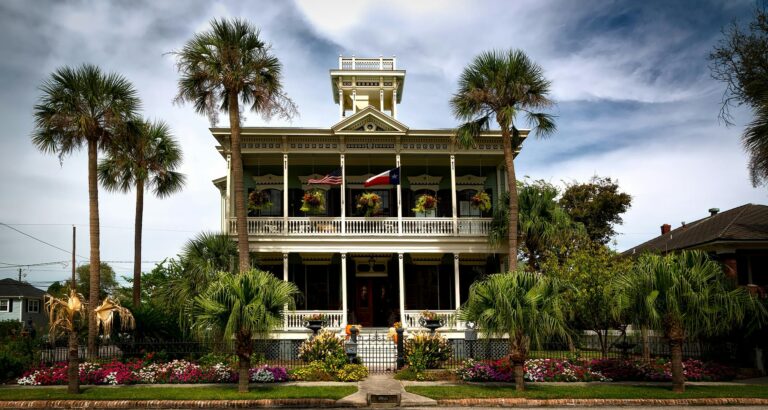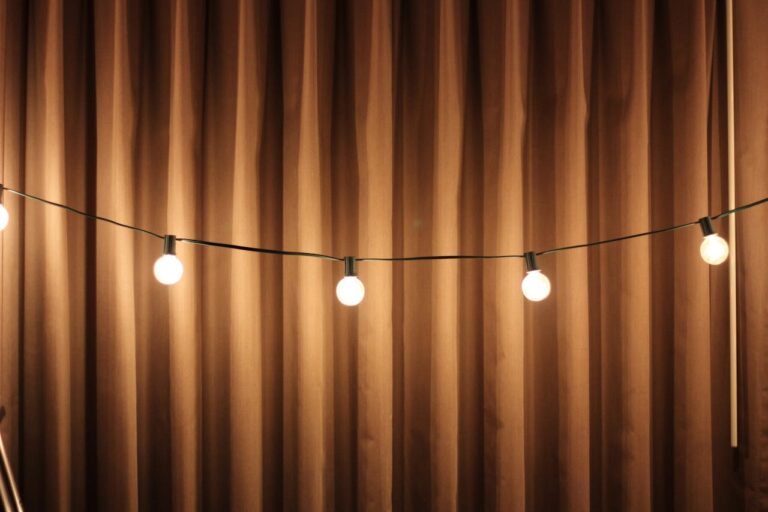Owning a historic home is like holding a piece of history in your hands. The intricate woodwork, vintage charm, and unique architecture are things you just can’t find in modern houses. But with all that charm often comes outdated electrical systems that can’t keep up with today’s power demands. Let’s chat about how to bring modern power to your old home while preserving its historic appeal.
Understanding the Challenges
Older homes often have electrical systems that were designed for a time when the most demanding appliance was a radio. Now, we have high-definition TVs, computers, smart home devices, and appliances that draw much more power. Here are some common issues:
- Outdated Wiring: Knob-and-tube wiring or aluminum wiring, common in homes built before the 1960s, can be a fire hazard.
- Insufficient Outlets: Back in the day, one outlet per room was the norm. Today, that’s simply not enough.
- Old Electrical Panels: Many historic homes have outdated panels that can’t handle the load of modern electrical usage.
Starting with an Electrical Inspection
Before you start tearing down walls or making upgrades, it’s crucial to have a professional electrical inspection. Jason H. Pope can identify potential hazards, outdated components, and areas where upgrades are necessary. This step is essential to ensure safety and to plan your renovation effectively.
Upgrading the Wiring
One of the most significant upgrades you might need is rewiring. This can be a big job, but it’s necessary for safety and functionality. Here’s how you can do it without compromising the historic integrity of your home:
- Selective Rewiring: In some cases, you can upgrade only the most critical areas. This means replacing old wiring in high-use and high-risk areas like kitchens, bathrooms, and where major appliances are used.
- Concealed Wiring: Electricians can run new wiring through walls, basements, and attics to minimize visible changes to your home’s interior.
Increasing the Number of Outlets
Modern living requires more outlets, plain and simple. You can add outlets without ruining the look of your vintage walls:
- Matching Plates: Use outlet covers that blend with your home’s decor. There are plenty of options that mimic vintage styles.
- Strategic Placement: Place new outlets in less conspicuous areas to maintain the home’s aesthetic.
Upgrading the Electrical Panel
Your electrical panel is the heart of your home’s electrical system. Upgrading to a modern panel with a higher capacity can prevent overloads and increase safety. This upgrade allows you to use modern appliances and devices without constantly tripping breakers.
Installing Ground Fault Circuit Interrupters (GFCIs)
In older homes, electrical outlets in wet areas like bathrooms and kitchens often lack GFCI protection. Installing GFCIs is a relatively easy and inexpensive way to increase safety in these areas.
Preserving the Historic Aesthetic
A big concern with modernizing an old home is maintaining its historic charm. Here’s how you can do it:
- Surface-Mounted Wiring: In some historic homes, exposed conduit and surface-mounted wiring can be part of the charm. Modern conduit comes in various finishes that can look stylish and intentional.
- Custom Solutions: Work with your electrician to find solutions that respect the original architecture and materials. For example, they can use existing cavities and spaces to run new wiring without cutting into beautiful old plaster or woodwork.
- Enjoying Modern Conveniences
Once your electrical system is up to date, you can enjoy all the modern conveniences without worry. Imagine streaming movies, charging devices, and running your HVAC system all at once without a hitch. Plus, you’ll have peace of mind knowing your home is safer for you and your family.
Bringing modern power to a historic home is a balancing act between preserving the charm of the past and ensuring safety and functionality for the present. With careful planning and the help of Jason H. Pope, you can have the best of both worlds.






